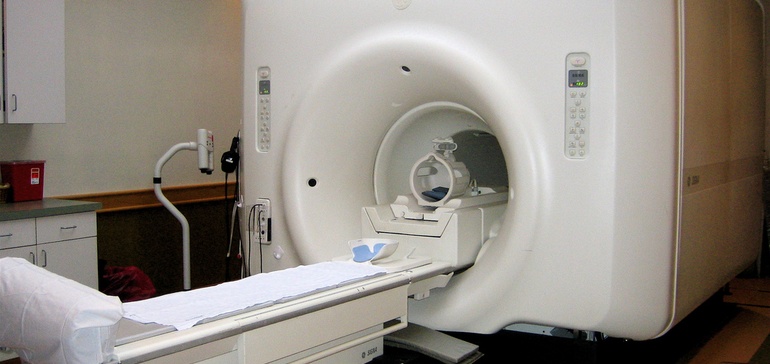Medical device industry caught in US-China trade war

Industry insiders say tariffs are not the way to achieve fair and balanced trade, especially in today’s global manufacturing supply chain.
Credit: Flickr; liz west Author Meg Bryant Published Aug. 13, 2018
The medical technology industry — imaging in particular — is bracing for what could be rough times as a number of companies are hit by tariffs and counter-tariffs in an escalating trade war between the U.S. and China.
The battle has ramped up considerably in recent months. The Trump administration imposed 25% duties on $34 billion in Chinese goods in early July, then slapped tariffs on an additional $16 billion worth of imports earlier this month.
The administration has also directed the U.S. Trade Representative to look into imposing a 25% tariff on $200 billion worth of additional products from China, including parts and materials used to make medical devices.
Each time, China has fired back with dollar-for-dollar tariffs on U.S. products, the latest on Aug. 7 with $16 billion worth of tariffs on U.S. exports. Among the items caught in the crossfire are MRIs, electrocardiograms, CT scanners, ultrasound devices and X-rays equipment.
“If this keeps escalating and the retaliation goes back and forth, a tit-for-tat game without any end in sight, that’s very concerning to our industry and ultimately to patient care,” said Patrick Hope, executive director of the Medical Imaging & Technology Association, which represents heavyweights like GE Healthcare, Medtronic and Philips, among others.
Layoffs and cuts in R&D
MITA surveyed members to gauge impact the tariffs might have on productivity in the medical imaging sector. The response, “pretty categorically,” was imposition of tariffs would lead to layoffs and major cutbacks in research and development, slowing innovation, he told MedTech Dive.
“If we are passing on the cost, alternatively, to the healthcare provider, then that reduces their ability to make purchase, particularly when margins are so tight in all hospital facilities in the U.S.,” Hope said. “And so those decisions to buy the latest and greatest innovative technology will be diminished, and that will hurt patient care as well.”
The tariffs have Hope and others in the industry scratching their heads. Historically, healthcare products have been excluded from tariffs for humanitarian reasons and because they are seen as an asset to public health. And according to AdvaMed, the U.S. enjoys a trade surplus with China for the medical products on the USTR list and had an overall deficit with China of less than $400,000 last year.
If the desired outcome is to level the playing field between the world’s two largest economies, then the administration should look elsewhere, they say. Rather than grow U.S. productivity, there will be less trade and a smaller surplus — in medical imaging at least.
“We remain concerned that these tariffs could make it harder for U.S. manufacturers to compete in the global economy, and will shrink rather than expand U.S. exports,” GE Healthcare spokeswoman Kelley Sousa said in an email.
